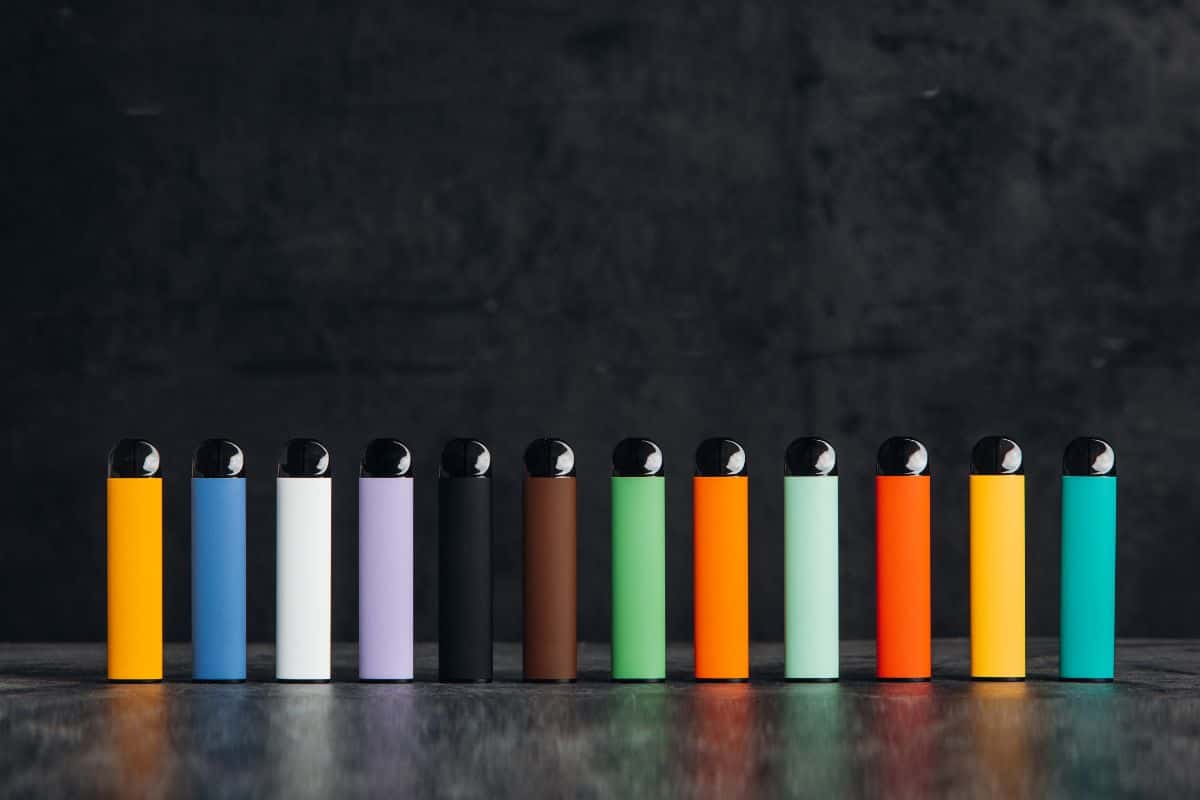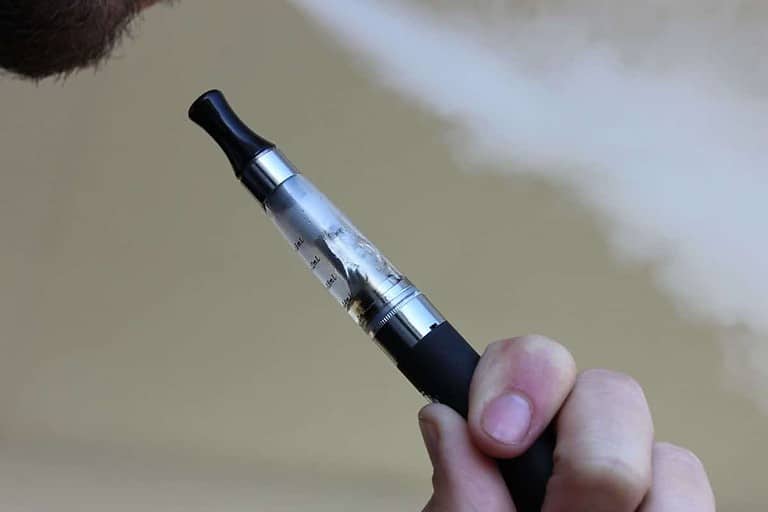Weed Eyes: Understanding the Science Behind Bloodshot Vision
Weed eyes, more commonly known as red eyes or bloodshot eyes, are a common side effect of consuming cannabis. This phenomenon occurs when the blood vessels in the eyes expand, leading to increased blood flow and redness. Several factors contribute to weed eyes, including the consumption method and the presence of cannabinoids like THC, which can affect intraocular pressure.
Understanding the underlying causes of weed eyes can help cannabis users make informed decisions about their consumption habits and mitigate the effects of red, irritated eyes. For instance, staying hydrated and employing eye redness reduction techniques can minimize the impact of weed eyes. Additionally, being aware of potential health risk factors and taking necessary precautions can further protect one’s overall eye health.
Table of Contents
Key Takeaways
- Weed eyes are caused by the dilation of blood vessels in the eyes after cannabis consumption.
- Staying hydrated and using redness reduction techniques can help alleviate weed eyes.
- Awareness of potential health risks and taking precautions can protect eye health during cannabis use.
NEW CUSTOMER DISCOUNT
Save 15%
15% OFF YOUR ENTIRE ORDER FOR NEW CUSTOMERS USE CODE WELCOME15!

Understanding Weed Eyes
After consuming cannabis, it’s common for users to experience red, bloodshot eyes, often referred to as stoned eyes. This phenomenon occurs because the active compound in weed, THC, causes blood vessels and ocular capillaries in the eyes to dilate. As a result, increased blood flow creates the red, glassy-eyed appearance typically associated with cannabis use.
This dilation of blood vessels can be beneficial for individuals who suffer from eye-related conditions such as glaucoma. By allowing ocular capillaries to expand, increased blood flow can alleviate intraocular pressure, reducing pain and potential damage.
However, for many cannabis users, red eyes are simply a side effect that can be alleviated with over-the-counter eye drops. These drops work by constricting the blood vessels and minimizing the redness. When using eye drops, it’s essential to follow the product’s instructions to avoid any potential side effects.
It’s important to note that the severity and duration of red eyes from cannabis usage can vary depending on the individual, the potency of the strain, and the method of consumption. Some users may experience minimal redness, while others could be more noticeably affected.
In summary, weed eyes or stoned eyes are a common side effect of cannabis use, resulting from the dilation of ocular capillaries and increased blood flow. This redness can be reduced with over-the-counter eye drops, but individuals should be mindful of any potential side effects and choose products carefully.

Effects on Intraocular Pressure
Marijuana has long been investigated for its potential effects on intraocular pressure (IOP) and its potential to treat glaucoma. The primary psychoactive component in marijuana, tetrahydrocannabinol (THC), is believed to be responsible for the changes in IOP.
In some studies, marijuana inhalation has shown to result in a decrease in IOP in glaucoma patients. One study with 18 glaucoma patients (31 eyes) found that smoked marijuana significantly lowered their intraocular pressure. However, the effect of marijuana on IOP was temporary, lasting only about 3-4 hours.
Topical application of THC has also been explored as a potential treatment for glaucoma. A multiple-drop study involving topically applied 1% δ9-tetrahydrocannabinol showed some reduction in IOP. However, this study also indicated that ocular toxicity could be an issue with topical THC application, should it be used as a treatment method.
Despite these findings, some caution should be applied when considering marijuana for glaucoma therapy. Smoking marijuana could introduce other side effects and health risks. Moreover, the short duration of its impact on IOP might not be sufficient for an effective treatment regimen, as maintaining stable IOP is crucial in managing glaucoma.
In conclusion, marijuana, specifically THC, has shown potential to affect IOP in glaucoma patients. However, further research on its long-term effects and the development of better delivery methods is necessary before it can be considered a viable treatment option for glaucoma.

Cannabinoids and Their Role
Cannabinoids are a group of active compounds found in the cannabis plant, including the two most well-known: THC (tetrahydrocannabinol) and CBD (cannabidiol). These compounds interact with the body’s endocannabinoid system, a complex cell-signaling system that plays a role in regulating various physiological processes. This system is composed of receptors, including CB1 and CB2 receptors, that respond to both endogenous cannabinoids produced by the body and exogenous cannabinoids from marijuana.
The CB1 cannabinoid receptor is particularly relevant when discussing “weed eyes,” as this receptor is expressed in high levels in the human eye. The presence of CB1 receptors in the eye potentially implies a physiological role for endogenous cannabinoids in maintaining eye functions.
THC, the principal psychoactive component of marijuana, is known to bind to CB1 receptors. In contrast, CBD, a non-psychoactive component, primarily interacts with CB2 receptors, thereby potentially having different effects on the endocannabinoid system.
Research indicates that marijuana use can impact eye movements, with one study showing that the effects of alcohol overshadowed the eye movement effects of THC at specific concentrations. This suggests that while marijuana may affect eye movements in some cases, additional factors like alcohol consumption can also play a role.
It is important to note that the role of cannabinoids, like THC and CBD, in the eye is not yet fully understood, and more research is needed to determine their specific effects on eye function and health.
Effects of Smoking Weed
When smoking weed, it is common for individuals to experience “weed eyes,” which is the term for bloodshot eyes that often occur after consuming cannabis. The primary cause of this effect is the dilation of blood vessels in the eyes. Marijuana contains a chemical compound called THC, which causes various effects, including the dilation of blood vessels and an increase in blood flow. As a result, the blood vessels in the eyes expand, leading to a red and bloodshot appearance1.
Additionally, marijuana consumption can lead to a decrease in intraocular pressure2, which is the pressure within the eyeball. This effect has led to some discussions regarding the potential therapeutic benefits of cannabis for glaucoma patients3. However, it is essential to consider that while reduced intraocular pressure might be helpful in managing glaucoma symptoms, smoking marijuana is not a recommended treatment method due to its temporary and short-lived effects on the eyes.
It is also important to note that any form of smoke can be an irritant to the eyes, and in the case of smoking weed, the smoke itself can contribute to eye redness and irritation. Therefore, the combination of THC’s physiological effects and the irritants from the smoke can cause the well-known bloodshot appearance that is often referred to as “weed eyes.”
In conclusion, there is a clear association between smoking weed and the development of bloodshot eyes. The main reasons behind this phenomenon are the dilation of blood vessels upon marijuana consumption and the ensuing decrease in intraocular pressure. Alongside these physiological changes, the smoke from burning cannabis acts as an additional irritant to the eyes. Understanding the causes of “weed eyes” can provide valuable information for individuals who smoke marijuana and experience this common effect.

The Impact of Consumption Methods
When it comes to weed eyes, the method of consuming cannabis can play a significant role in the intensity of the symptoms. Whether you’re using medical marijuana or partaking in recreational use, the onset and severity of redness and dryness can vary due to the consumption method.
Smoking weed is a common method that typically leads to the most noticeable weed eyes. The smoke from burning cannabis can irritate the eye’s surface, leading to redness and dryness. Additionally, smoking marijuana also impacts intraocular pressure due to the presence of cannabinoids, particularly THC.
Edibles offer a more discreet and smoke-free option for consuming cannabis. Since there’s no direct exposure to smoke or vapor, the risk of weed eyes might be somewhat reduced. However, since edibles can produce a more potent and extended effect on the body, it’s possible that red eyes could still manifest, albeit with varying intensity.
With medical marijuana, it's essential to consider the method used for intake. Patients often use cannabis to alleviate symptoms of chronic pain, inflammation, or other medical conditions. Some medical marijuana products consist of low THC levels to minimize psychoactive effects, which might lead to less pronounced weed eyes. Still, the chosen method of consumption may influence the severity of redness and dryness.
Recreational use encompasses different methods of cannabis consumption, such as smoking, vaping, and consuming edibles. Regardless of the chosen method, recreational users are more likely to experience weed eyes due to the higher THC levels commonly found in these products.
Ultimately, the impact of consumption methods on weed eyes depends on the method itself and the individual’s unique response to the cannabis product. Being aware of the potential effects can help you make informed choices when consuming cannabis.
Eyes Redness Reduction Techniques
Marijuana use often leads to red, bloodshot eyes – a condition colloquially known as “weed eyes.” This redness is caused by the dilation of blood vessels in the eyes. Thankfully, there are several techniques to help alleviate this unwanted symptom, and we will discuss some of the most effective remedies below.
Eye drops are a popular go-to solution for quickly reducing eye redness. Over-the-counter eye drops, such as Visine, contain vasoconstrictors that help shrink the blood vessels in the eyes, providing fast relief from redness. These eye drops should be used sparingly, as overuse can lead to rebound redness and irritation.
Another effective treatment for weed eyes is applying a cold compress to the affected area. The cooling sensation from the compress can help reduce inflammation and redness. To create a cold compress, simply wrap ice or a cold gel pack in a clean cloth and gently hold it against the closed eyes for a few minutes.
Using artificial tears is another simple yet effective method to combat dryness and redness caused by marijuana use. These lubricating eye drops, unlike redness-reducing drops, work by adding moisture to the eyes, helping alleviate irritation and discomfort. Artificial tears can be found in most drugstores and can be used as needed throughout the day.
In summary, there are various techniques, such as eye drops, cold compresses, and artificial tears, to reduce eye redness caused by marijuana use. It’s essential to choose the appropriate treatment based on the specific cause and symptoms, ensuring the most effective relief.
Hydration and Weed Eyes
Cannabis consumption can often lead to dry and irritated eyes, commonly referred to as “weed eyes.” This is primarily due to the active compound in marijuana, called tetrahydrocannabinol (THC), which tends to reduce tear production and increase dryness in the eyes. Maintaining proper hydration can effectively alleviate some of the discomfort associated with weed eyes.
- Stay Hydrated: Drinking sufficient amounts of water is essential in maintaining overall health, including eye health. A well-hydrated body can help produce tears and alleviate eye dryness. Consider increasing your water intake, particularly when consuming cannabis, to counteract the drying effects of THC.
- Use Eye Drops: Over-the-counter lubricating eye drops can help provide instant relief from dryness and discomfort. Applying these drops before or after cannabis use can minimize irritation, keeping your eyes moist and comfortable. Just make sure to choose preservative-free eye drops to avoid potential allergens or irritants.
- Blink More Frequently: Blinking is a natural way to moisten and cleanse the eyes, as it spreads tears across the eye surface and removes debris. Make a conscious effort to blink more often during and after cannabis consumption to help alleviate dryness and discomfort.
- Consider Humidifiers: Low humidity levels can contribute to eye dryness, especially during winter months or in air-conditioned spaces. Using a humidifier in your home can help maintain optimal humidity levels, reducing the likelihood of experiencing weed eyes.
In summary, staying hydrated, using eye drops, blinking frequently, and maintaining a comfortable environment can significantly reduce the discomfort associated with weed eyes. By following these tips, cannabis users can better enjoy their experience without the hassle of dry and irritated eyes.
Other Underlying Physical Effects
Besides the redness and irritation commonly known as “weed eyes,” cannabis consumption can also result in other physical effects. These may vary depending on the individual and the amount consumed.
One notable effect is an increased heart rate, which typically occurs shortly after consuming cannabis. This can lead to a feeling of increased alertness or anxiety for some users, while others might not notice any significant changes.
Another common physical effect is decreased blood pressure. Though not always immediately noticeable, this drop in blood pressure can contribute to feelings of dizziness or lightheadedness, particularly when standing up quickly after consuming cannabis.
Cannabis can also cause dry mouth, a common side effect experienced by many users. This sensation is the result of reduced saliva production, which can lead to discomfort and increased thirst. Staying hydrated and having water or other non-alcoholic beverages nearby can help alleviate this issue.
Lastly, dizziness is a potential side effect of cannabis use, especially for those new to consuming the substance or using strains with higher THC content. The combination of decreased blood pressure and an increased heart rate can sometimes result in dizziness or feelings of lightheadedness. To mitigate these symptoms, try sitting or lying down until the feeling passes, or consider consuming smaller amounts of cannabis to understand how your body reacts to it.
It is essential to be aware of these possible physical effects when using cannabis and to take necessary precautions to ensure a safe and enjoyable experience.
Health Risk Factors and Precautions
Smoking marijuana can cause a variety of symptoms and side effects in some individuals. These include changes in the eyes, such as redness, dryness, and a decrease in intraocular pressure. However, these effects are usually limited to the anterior segment of the eye and are often a result of irritation.
| Pregnancy – The use of marijuana during pregnancy is not advised, as it may pose risks to both the mother and the developing fetus. Research has shown an increased risk of adverse birth outcomes, including preterm birth, low birth weight, and developmental delays. |
| Allergic Reaction – Some individuals may experience an allergic reaction when using marijuana. Common symptoms include itching, hives, and difficulty breathing. If you experience these or any other severe allergic symptoms, discontinue use immediately and seek medical attention. |
| Medical Marijuana – Medical marijuana has been used to treat a variety of medical conditions, including glaucoma, chemotherapy-induced nausea, and chronic pain. However, the potential benefits and risks of using marijuana for medical purposes should be carefully evaluated on an individual basis with the guidance of a healthcare provider. |
| Heart Rate – Marijuana is known to cause an increase in heart rate, which can be a concern for individuals with pre-existing heart conditions. Those with a history of heart disease, arrhythmias, or other cardiac issues should exercise caution when using marijuana and consult with a healthcare professional beforehand. |
To reduce the risk of adverse health effects, it is essential to take proper precautions when using marijuana. This includes understanding your personal health profile and potential drug interactions, using it responsibly and moderately, and discussing your marijuana use with your healthcare provider.
Browse popular vape collections:
- Nicotine Disposables
- 2000 Puff Nicotine Disposable Vapes
- 2500 Puff Nicotine Disposable Vapes
- 5000 Puff Nicotine Disposable Vapes
- 6000 Puff Disposable Nicotine Vapes
- 7000 Puff Nicotine Disposable Vapes
- Disposable Vape Deals
- Best Vape Brands
- 8000 Puff Nicotine Disposable Vapes
- 9000 Puff Nicotine Disposable Vapes
- 5% Nicotine Disposable Vapes
- Rechargeable Nicotine Disposable Vapes
- Vape Coils
- Dab Wax Pens
- Dab Wax Pen Battery
- Yocan Vapes
- Vape Cases
Frequently Asked Questions
Why do eyes get red after smoking weed?
The primary reason for red eyes after smoking weed is the decrease in blood pressure caused by the active ingredient THC. This leads to the expansion of blood vessels, including those in the eyes, resulting in increased blood flow and redness.
How long do red eyes last after using marijuana?
The duration of red eyes after using marijuana may vary for individuals, but generally, it lasts between 1-3 hours. Factors such as the amount consumed, individual tolerance, and the strain of cannabis can affect how long red eyes persist.
What causes droopy eyes when high?
Droopy eyes when high are due to the muscle-relaxing effects of cannabinoids in marijuana. These sedative effects can cause the muscles around the eyes to become relaxed, making the eyelids feel heavy and droopy.
Are glassy eyes a common side effect of cannabis?
Yes, glassy eyes are a common side effect of cannabis consumption. This is mainly due to the impact of cannabinoids on the tear glands, which can lead to a reduction in tear production and a glassy-eyed appearance.
How can you reduce or prevent red and stoned eyes?
Several methods can help reduce or prevent red and stoned eyes, such as staying hydrated, using over-the-counter eye drops, or wearing sunglasses. Avoiding smoking in poorly ventilated areas and consuming strains with lower THC content can also help minimize red eyes.
What are the best methods to get rid of red eyes quickly?
To get rid of red eyes quickly, try using over-the-counter eye drops or artificial tears, as they can help constrict blood vessels and reduce eye redness. Applying a cold compress to the closed eyelids may also provide relief, as can taking a short nap to rest your eyes.







